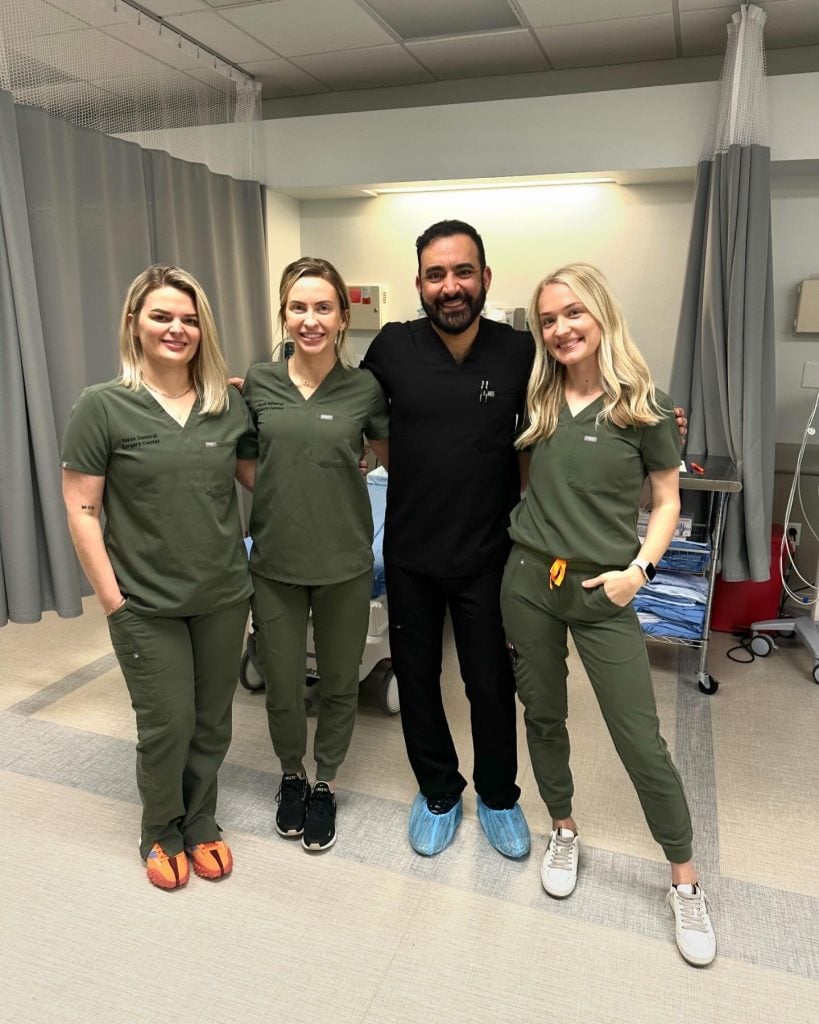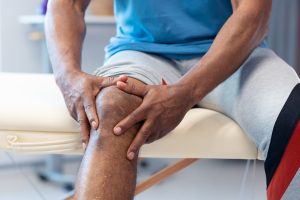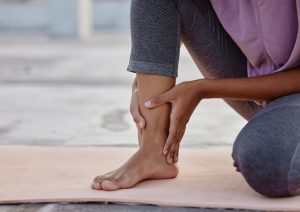If you’re dealing with knee pain, you may have heard about PRP therapy. This revolutionary treatment, also known as Platelet-Rich Plasma therapy, is gaining popularity for its effectiveness in relieving knee pain and promoting healing. Let’s dive into the details of PRP knee therapy to understand how it works, its benefits, and what to expect from the procedure.
PRP Knee Therapy Explained: Benefits, Procedure, and Recovery
PRP therapy involves using your body’s own platelets to accelerate the healing of injured tissues. The process starts with drawing a small amount of your blood, which is then placed in a centrifuge to concentrate the platelets. These platelets are rich in growth factors that help repair damaged tissues. The concentrated PRP is then injected into the knee, targeting the areas causing pain.
Everything You Need to Know About PRP Therapy for Knee Pain
PRP therapy for knee pain is a minimally invasive procedure that can provide significant relief. It’s particularly effective for conditions like osteoarthritis, tendonitis, and ligament injuries. By promoting the natural healing process, PRP can reduce inflammation, improve joint function, and decrease pain without the need for surgery.
How PRP Therapy Can Relieve Your Knee Pain: A Comprehensive Guide
The benefits of PRP knee therapy are numerous. Patients often experience reduced pain and improved mobility. Because the treatment uses your own blood, there is a low risk of adverse reactions. Recovery times can vary, but many people notice improvements within a few weeks. It’s essential to follow your doctor’s advice on post-procedure care to maximize the benefits.
PRP Treatment for Knee Pain: A Step-by-Step Guide
1. Consultation: Your journey begins with a PRP knee therapy consultation to determine if you’re a good candidate for the treatment.
2. Preparation: On the day of the procedure, blood is drawn from your arm.
3. Processing: The blood is spun in a centrifuge to separate the platelets.
4. Injection: The PRP is carefully injected into the knee.
5. Recovery: Patients are typically advised to rest and avoid strenuous activities for a short period.
Understanding PRP Therapy for Knee Pain: Benefits and Risks
While PRP therapy offers many benefits, it’s also important to be aware of the risks. The most common side effects are mild pain and swelling at the injection site. Serious complications are rare, but discussing all potential risks with your doctor is crucial.
PRP Knee Injections: How They Work and What to Expect
PRP knee injections are designed to enhance the body’s natural healing capabilities. After the injection, you may feel some discomfort, but this usually subsides quickly. Over the following weeks, you should notice a gradual improvement in your knee’s function and a reduction in pain.
The Complete PRP Knee Therapy Guide: Treatment, Benefits, and Results
Patients considering PRP therapy should know that results can vary. While many experience significant pain relief and improved function, the extent of these benefits can depend on the severity of the knee condition and individual health factors. Regular follow-ups with your doctor will help track your progress.
PRP Therapy for Knee Pain: What Patients Should Know
Before undergoing PRP therapy, patients should understand that it’s not a one-size-fits-all solution. A thorough evaluation by a qualified specialist is necessary to determine the best treatment plan. It’s also beneficial to read PRP knee pain relief reviews and success stories from other patients.
PRP Knee Treatment: An In-Depth Look at This Revolutionary Therapy
The science behind PRP therapy is compelling. By harnessing the healing power of platelets, PRP injections can effectively reduce pain and improve the quality of life for those suffering from knee pain. This treatment is a promising option for those looking for alternatives to surgery or long-term medication use.
Ready to explore PRP therapy for your knee pain? Schedule a PRP knee therapy consultation at NorTex Spine & Joint Institute. We proudly serve Allen, McKinney, Frisco, and Dallas. Contact us today to book your appointment and discover if PRP knee therapy is right for you.








